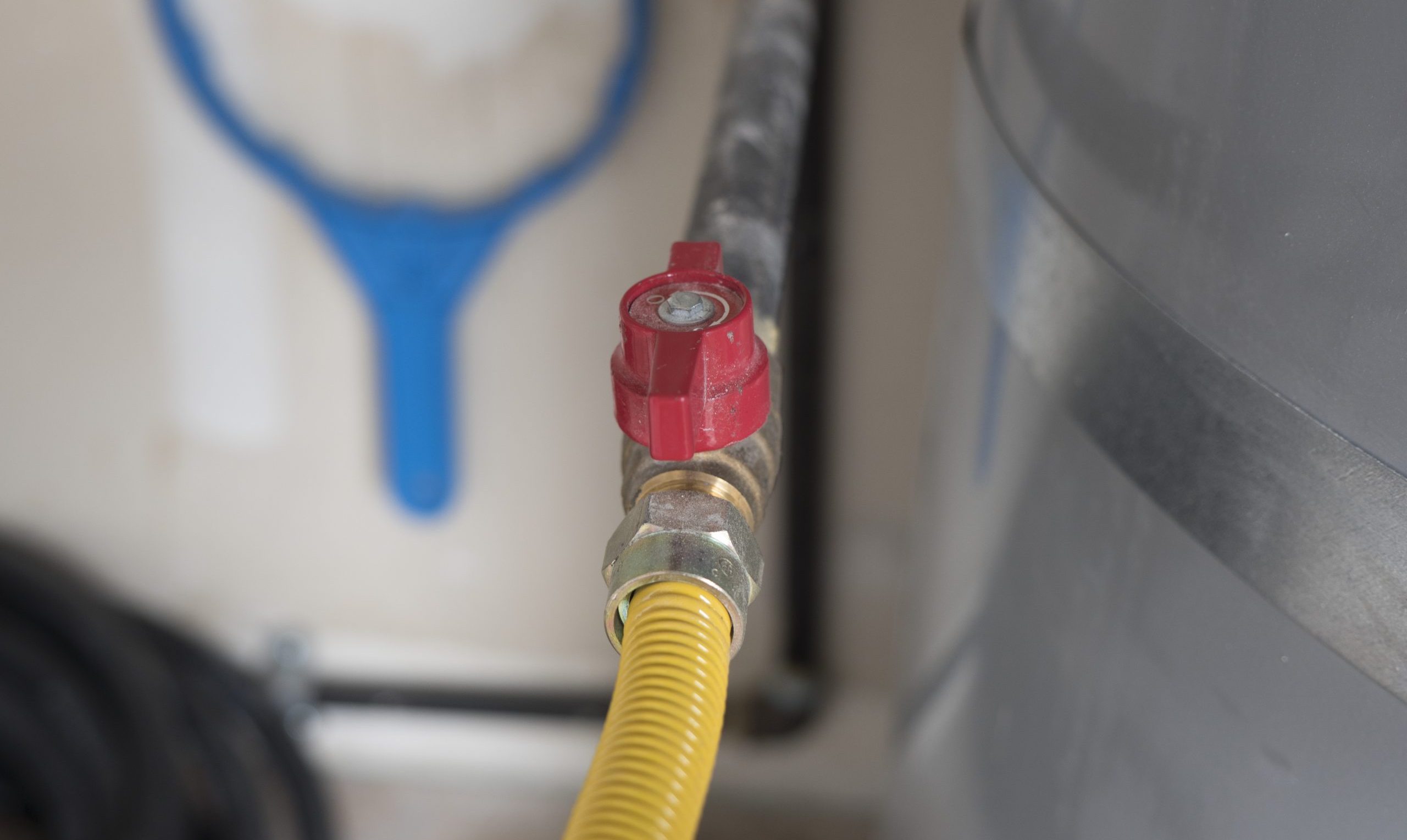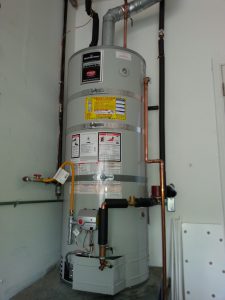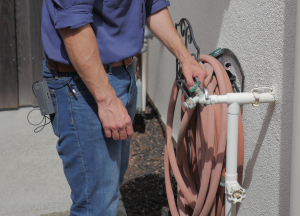
When it comes to spring cleaning, few homeowners think about their plumbing systems. However, along with repainting, carpet cleaning and window washing, this is a good time to inspect and maintain the crucial plumbing fixtures in your home. Fortunately, all these tasks are relatively quick and easy to perform. Here’s your plumbing system “spring cleaning” list.
Water Heater Tank Flush and Valve Test
A conventional water heater’s expected lifespan is eight to 12 years, but this benchmark can be significantly increased with a simple annual maintenance task: flushing its tank of corrosive buildup.

Photo: Water Heaters Only ©2021
Here’s how to flush your water heater:
- Shut off power to the water heater, whether electric or gas.
- Attach a hose to the drain valve at the bottom of the tank and run it to a safe area outside (it will come out hot).
- Turn off the cold water supply to the tank.
- Turn on the hot water at a faucet in your house—this will prevent a vacuum from forming in the water lines.
- Open the drain valve and allow the tank to drain.
- Once the tank has been fully drained, turn the cold water supply back on to flush out the remaining sediment inside.
- When you see that the water coming out of the hose is clear, turn off the drain valve.
In addition to flushing your water heater, it’s a good idea to test the temperature and pressure relief (T&P) valve. Located either on the top or side of the tank, this crucial safety feature helps relieve pressure from the tank before it reaches a dangerous level. To test your T&P valve, simply lift the handle. If you hear the sound of water being released into the drain tube, you know it’s functioning properly. If not, you should have the valve replaced as soon as possible.
Toilet Deep Clean and Leak Test
When it comes to toilet cleaning, most people just clean the bowl, but it’s a good idea to periodically clean the tank as well. First, you’ll need to drain the tank. To do this, turn off the water supply valve and flush the toilet. Use a rag and some cleaning product to wipe the inside of the tank. While you’re cleaning, take the opportunity to inspect the tank. Check under the gasket or “flapper” to make sure there’s no sediment buildup beneath. Sediment buildup is a sign of hard water, in which case you should consider installing a water filtration system.
In addition to cleaning your toilets, take a moment to test them for leaks. One of the most common types of toilet leaks is when water leaks from the tank into the bowl. Typically, this is due to the flapper in the tank being worn out. To test for this, simply put a few drops of liquid dye or food coloring into the tank. Come back in a couple of hours and look in the bowl—if there’s color in the water, it means water is leaking in from the tank. In this case, you should purchase a new flapper and replace the old one.

Photo: San Jose Plumbing, Inc. ©2021
Valve and Spigot Test
If you have hose spigots and/or faucets that you seldom use, spring is a good time to make sure they’re still working properly. When spigots and faucets sit unused for long stretches of time, their inner cartridges can freeze up, rendering them inoperable. Likewise, supply valves for sinks and toilets have a tendency to freeze up over time due to lack of use, which means they may not work when you need them. To avoid this, go through your home and turn every hose spigot, faucet, and shut-off valve on and off (or vice versa). It’s also a good idea to do this with your home’s main water shut-off valve.
If your plumbing maintenance needs are beyond the realm of DIY, you’ll need to call a reliable professional. Diamond Certified plumbers are rated Highest in Quality and Helpful Expertise®, so you can rest assured you’ll receive the best service when you hire one. Find a Diamond Certified plumber in your area.
